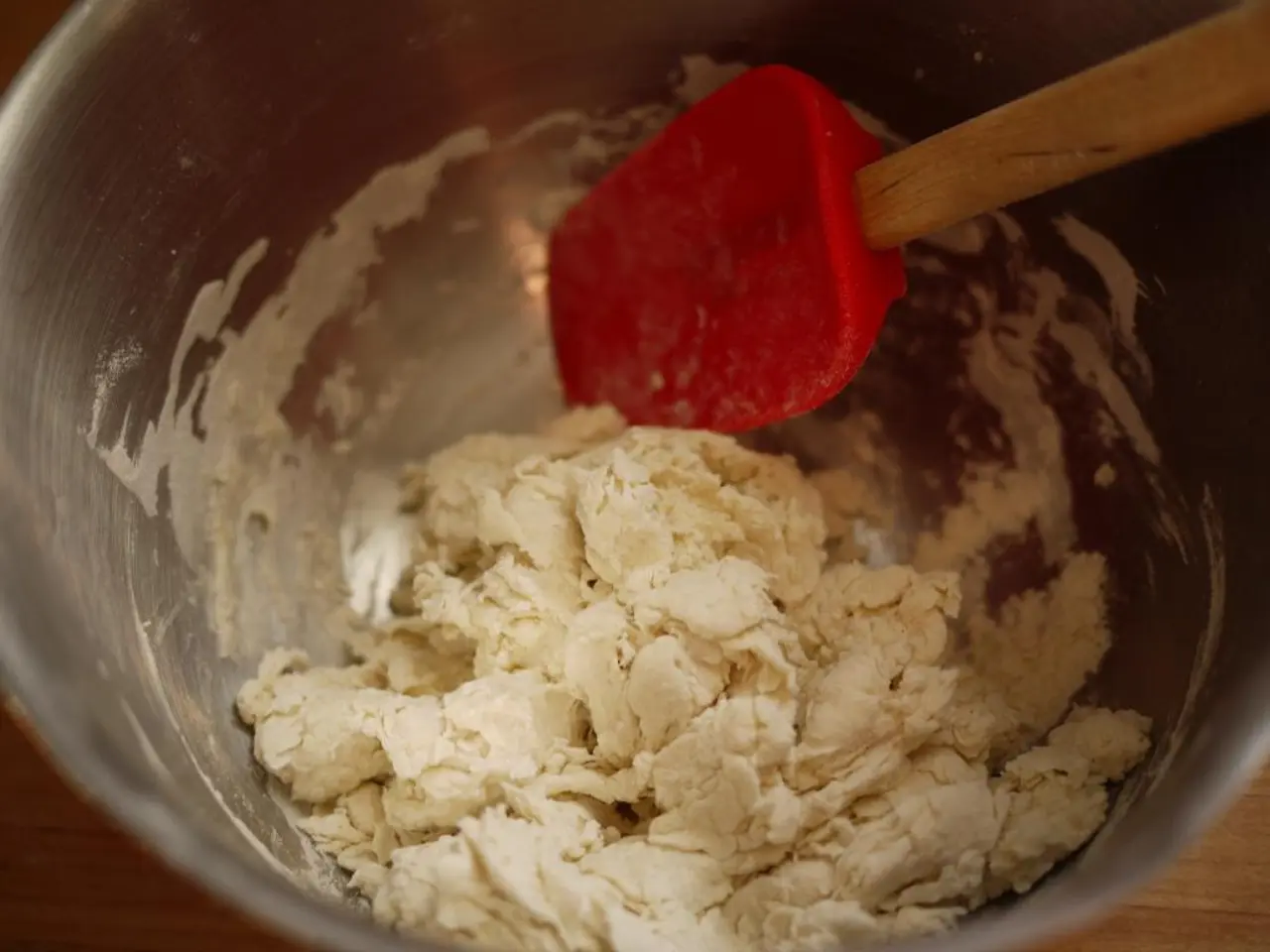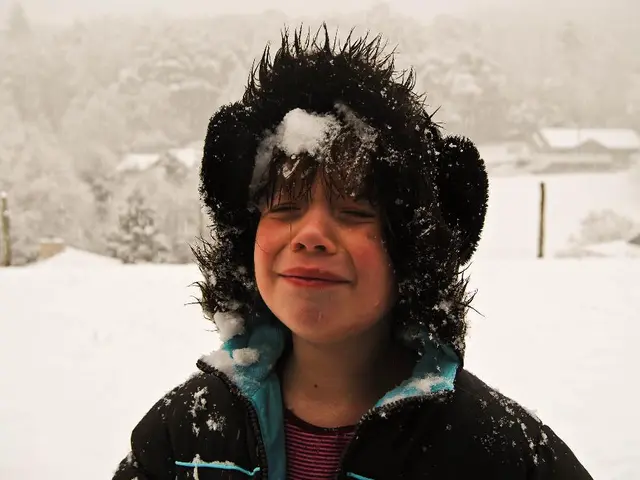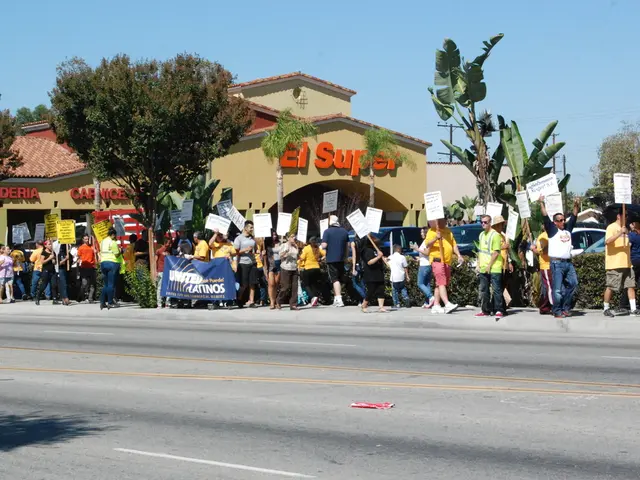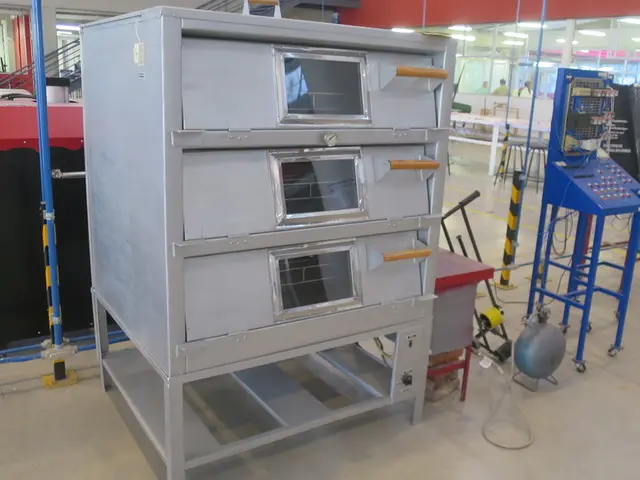Reinterpreting the phrase: "Formulation Revision for Advanced or Established Mixtures"
In a groundbreaking discovery, an international research team has uncovered a new approach to the Borell-Brascamp-Lieb (BBL) inequality, based on diffusion processes and heat conduction [1]. This new understanding extends the BBL's practical applications to fields such as medical image processing, lightweight construction, and risk assessment.
In medical image processing, the BBL helps model how organs or shapes in images transform smoothly over time without distortions. This is crucial for tracking changes naturally and accurately, such as monitoring organ deformation in scans [2]. The new proof offers enhanced mathematical tools for describing these smooth transitions, which can improve algorithms for shape morphing and image registration.
For lightweight construction, the approach to BBL linked with diffusion and heat conduction can model how materials blend or how properties combine in composite structures with complex geometries. This assists in predicting and optimizing material behavior, heat transfer, and density distribution in lightweight and porous materials, contributing to smarter and more efficient building designs [2].
In risk assessment, the BBL's capability to describe how uncertainties and data distributions combine extends to modeling risk where multiple factors diffuse or aggregate over time and space. The PDE framework provides a refined mathematical foundation to handle complex stochastic processes and estimate combined risk profiles more reliably [1][2].
The research, published in Math. Ann., 2025, focuses on understanding how substances move through porous materials to grasp the mathematical structure of the BBL Inequality. The ultimate goal is to expand its applications beyond its current boundaries [1]. The team, comprising members from the Okinawa Institute of Science and Technology (OIST), the University of Tokyo, and the University of Florence, used nonlinear partial differential equations (PDEs) to investigate the other direction: Can conclusions about mathematical structures be drawn from physical models, specifically from diffusion equations?
The BBL is significant for research and technology, with applications ranging from medical image processing to lightweight construction to risk assessment. This new approach provides the foundation for applying such equations reliably in practice, offering fresh insights and broader applicability across diverse disciplines, including engineering, mathematics, and statistical modeling [1][2].
References: [1] The research paper can be found in Math. Ann., 2025 [2] The research results were published under the Creative Commons License CC BY 4.0
- The advancement in the BBL inequality, linked with technical areas such as diffusion processes and heat conduction, has the potential to enhance health-and-wellness sectors, particularly in medical-conditions, by improving the accuracy of image processing and tracking changes in organ scans.
- This new understanding of the BBL inequality, based on technical principles of science, also extends to education-and-self-development, as it offers improved mathematical tools for describing smooth transitions in shape morphing and image registration, which can be applied across various disciplines.
- In fields of technology, this research can contribute to innovation in areas like engineering and technology, by providing new insights into modeling substance movement through porous materials, ultimately impacting diverse applications such as lightweight construction and risk assessment.




